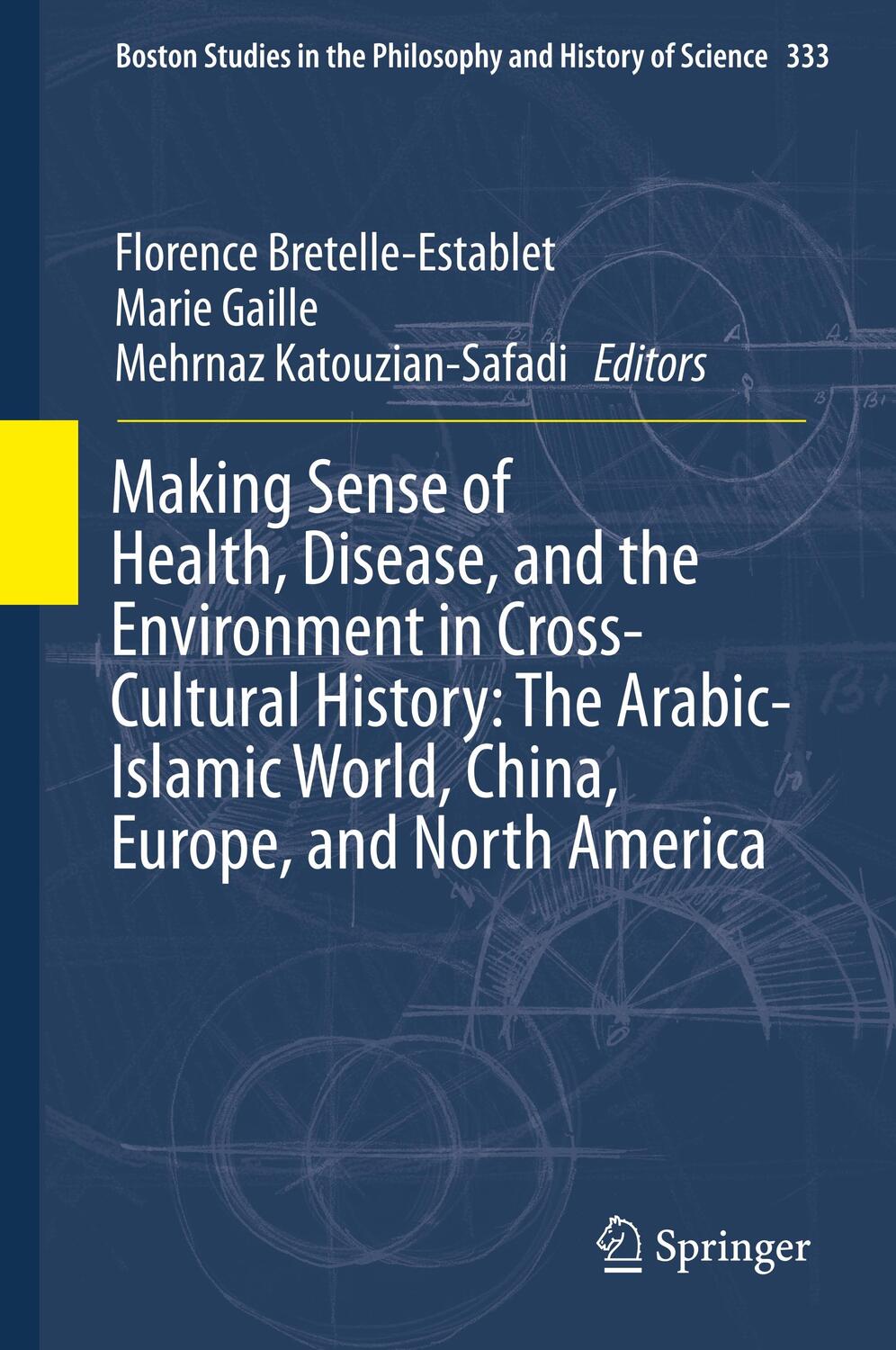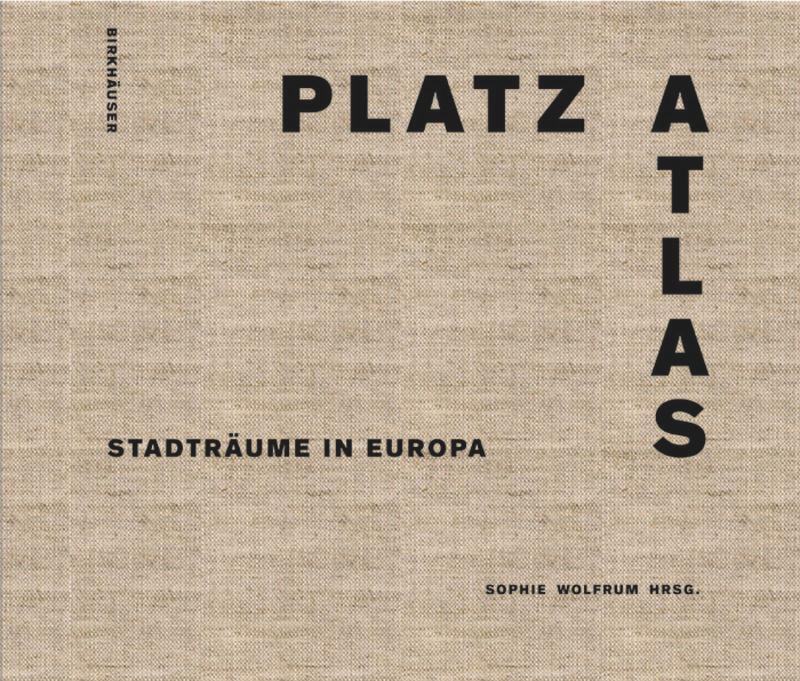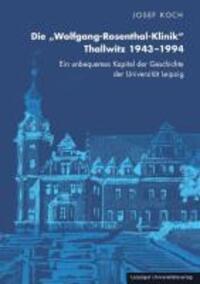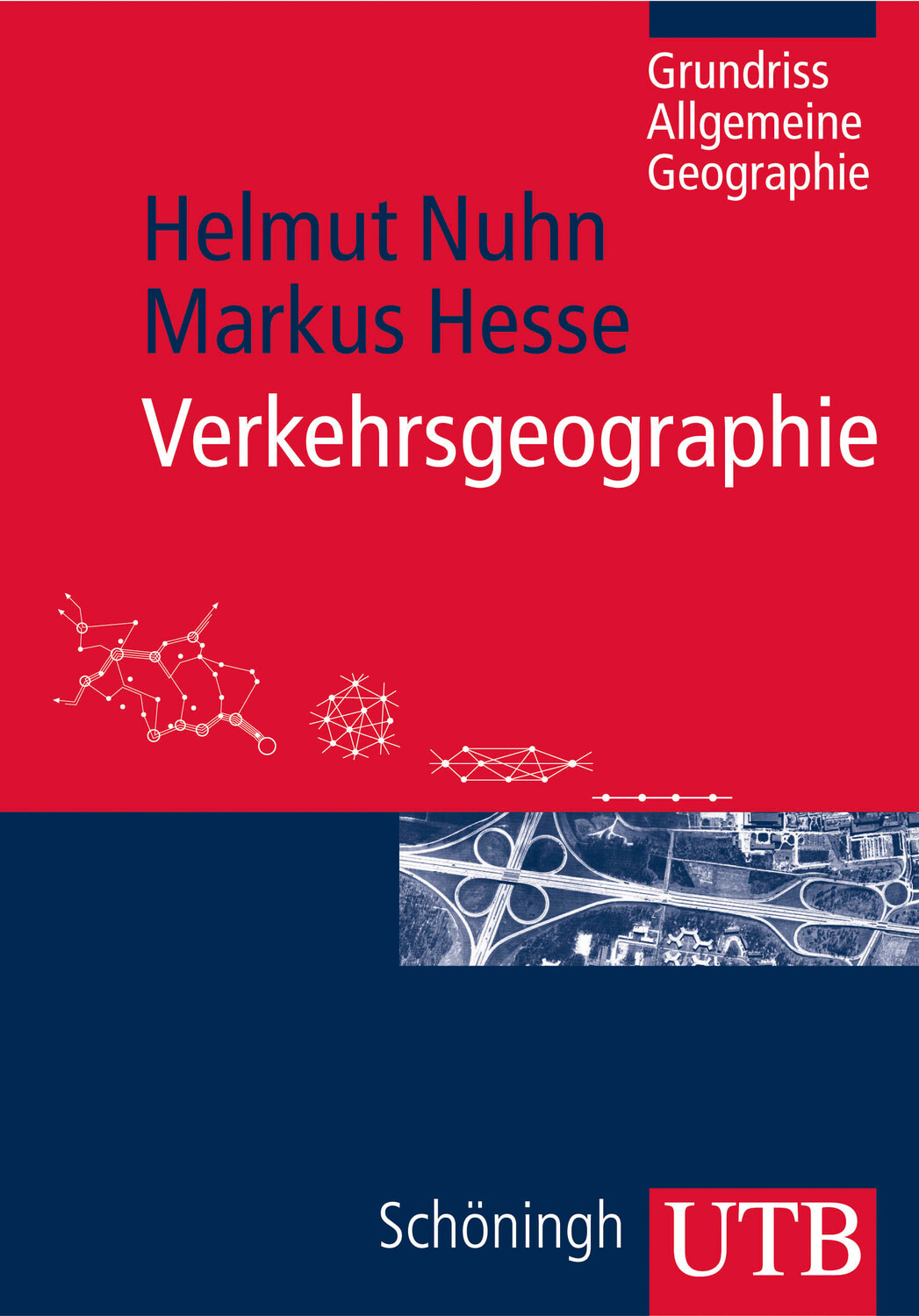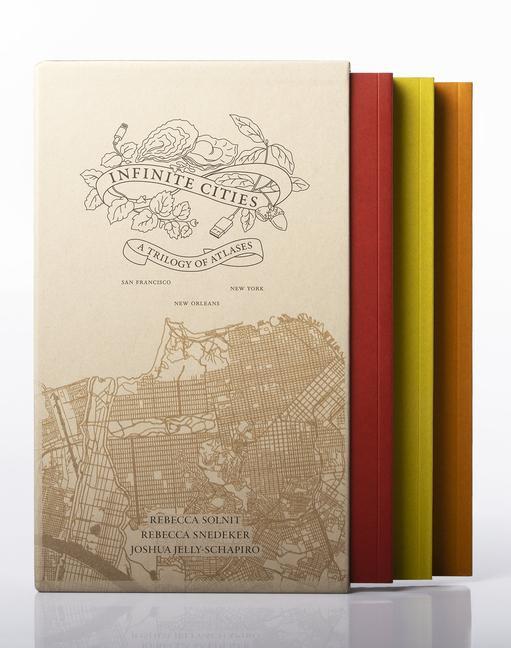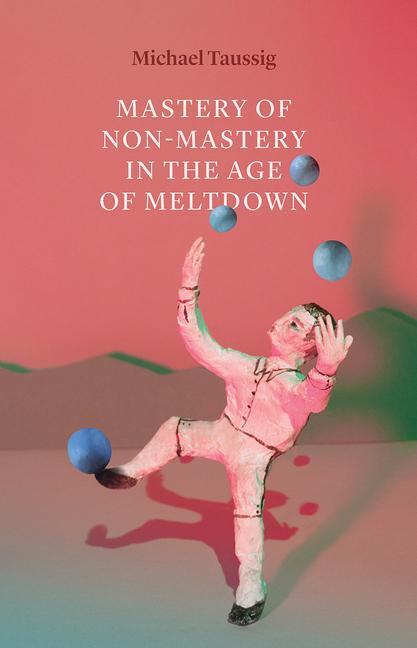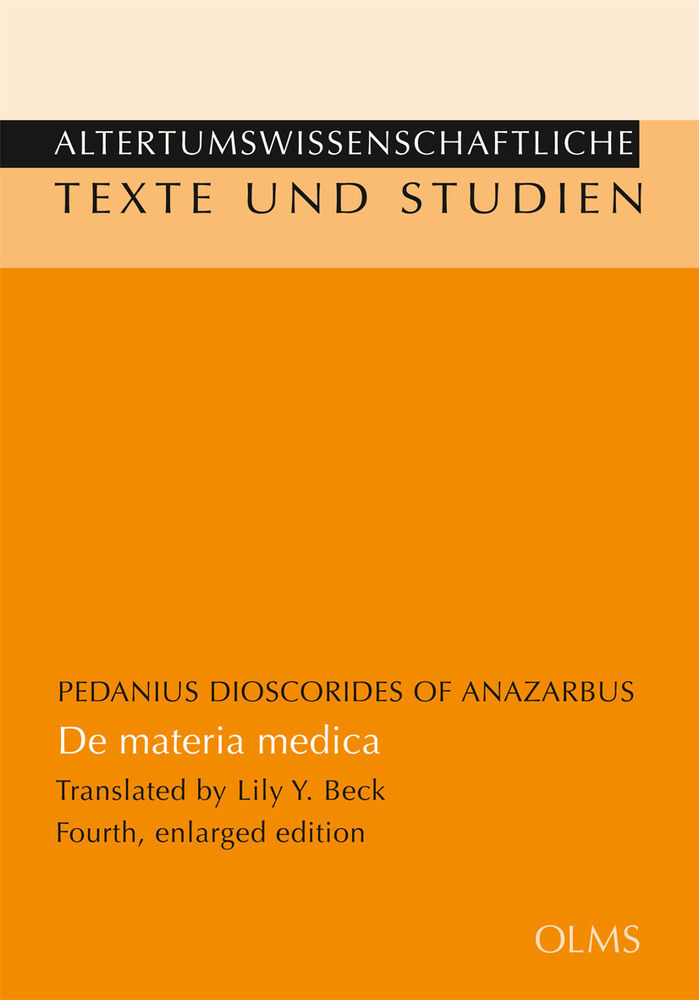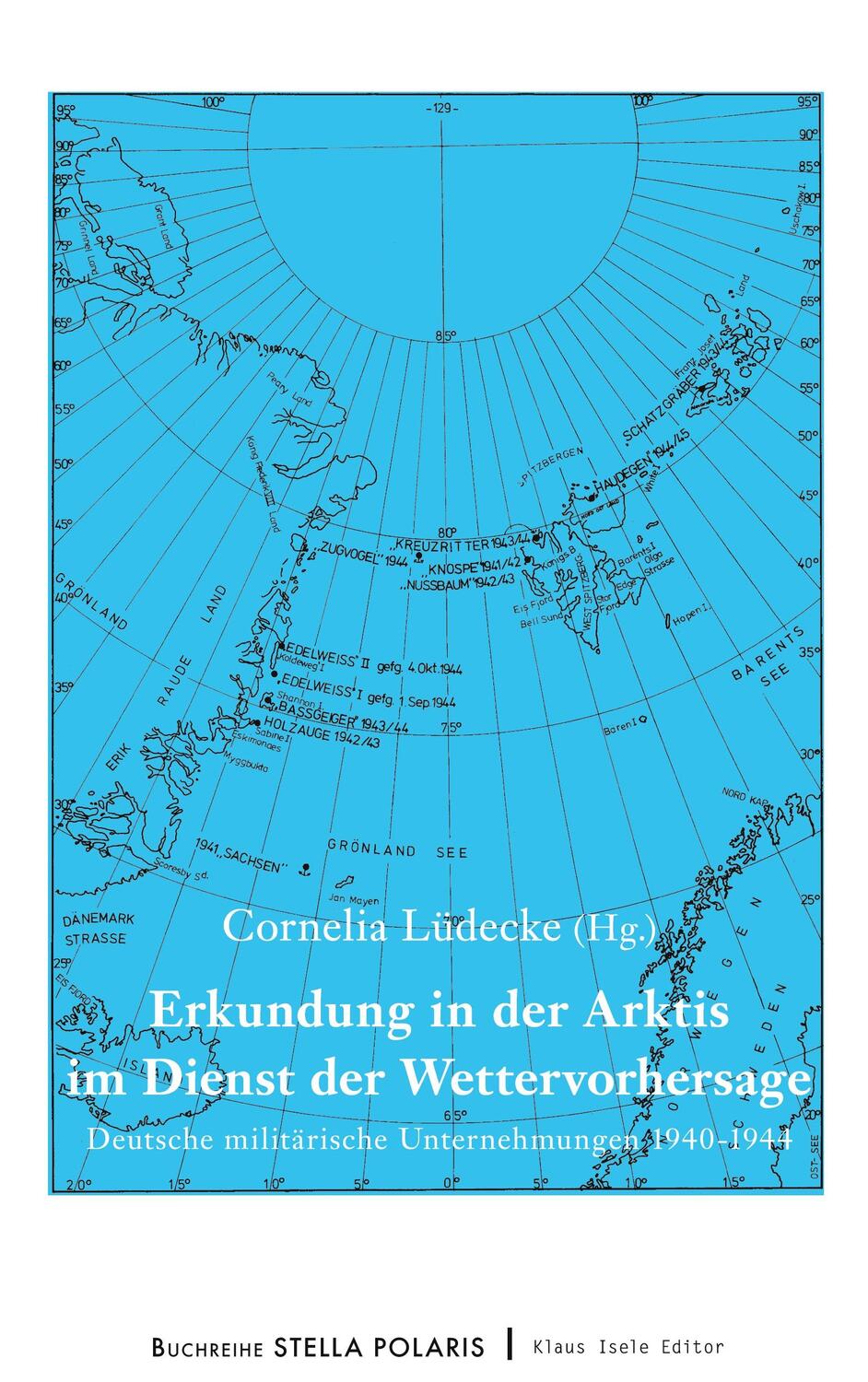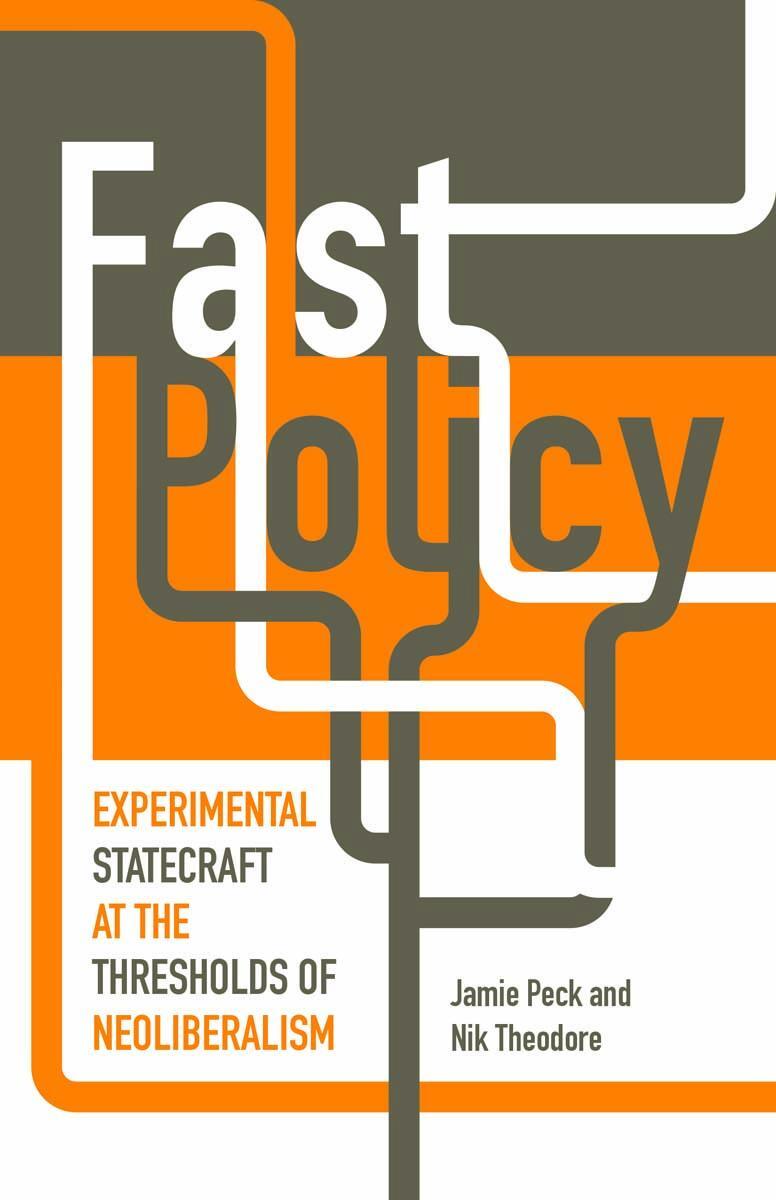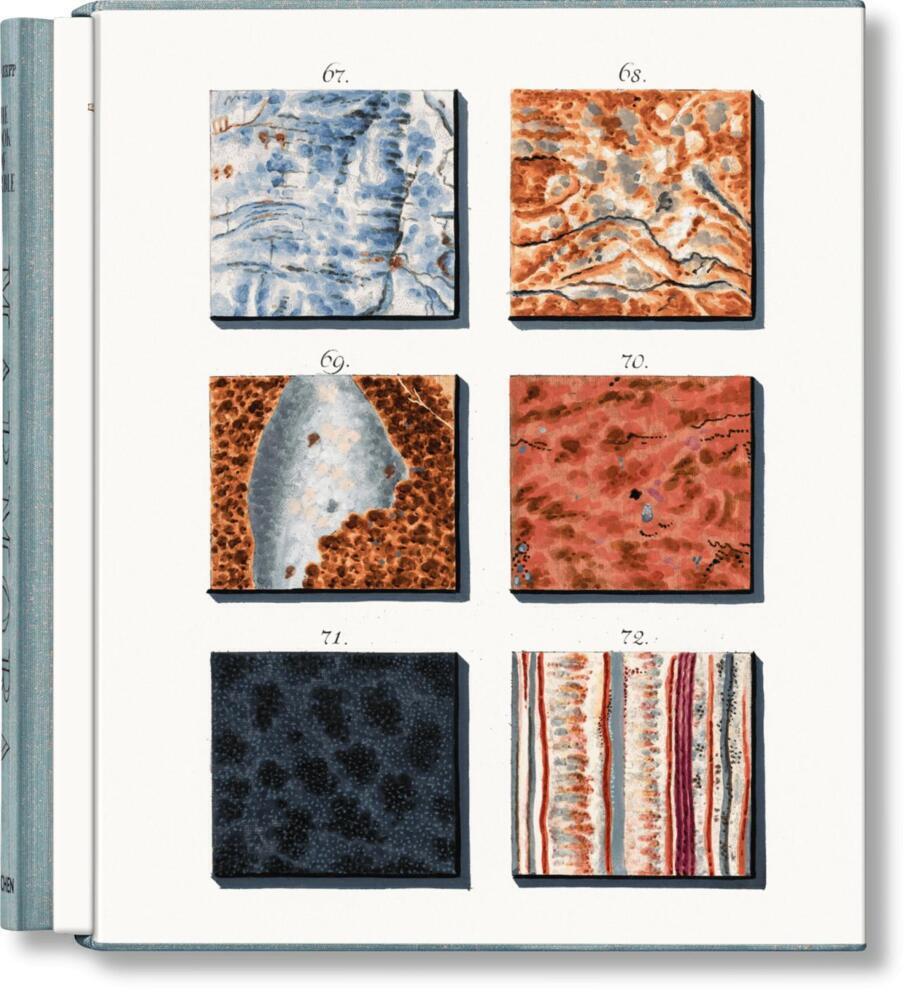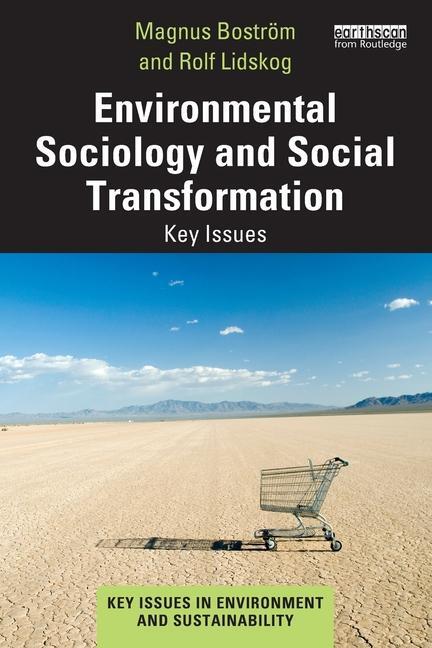127,95 €*
Versandkostenfrei per Post / DHL
Lieferzeit 2-3 Wochen
Florence Bretelle-Establet is a senior researcher in history of science at SPHERE (UMR 7219, CNRS & Université Paris Diderot). Since her PhD (1999), devoted to the history of the social, political, and medical interactions between French military physicians sent, at the end of the nineteenth century, to the south of the Qing empire and the local population, she works on the history of medicine in late imperial southern China. She has published articles and book chapters on the social and cultural identities of the actors involved in medicine in late imperial China, on the circulation of medical knowledge all over the empire, or on the different medical writing genres that coexisted in this framework. She has edited several books, and for ten years, she has been one of the chief editors of the journal Extrême-Orient Extrême Occident.
Marie Gaille is a senior researcher in philosophy at SPHERE (UMR 7219, CNRS & Université Paris Diderot) and Adjunct Scientific Director at the Institute for Social sciences and Humanities of the CNRS. Marie Gaille's research deals with ethical, political, and anthropological issues related to medicine considered as a social practice and a form of knowledge. Her research focuses on contemporary medical decision at the patient's bedside in relationship with public health policies, and examines the relationship between health and the environment, in the various meanings of the word. It examines how epistemological choice, the conceptions of health and ethical values combine together to determine cure and care options. In addition, Marie Gaille has a strong interest for the history of medical thought, especially in the Renaissance era. She has published extensively on these fields of research and edited several books.Mehrnaz Katouzian-Safadi is a senior researcher in history of science at SPHERE (UMR 7219, CNRS & Université Paris Diderot). After her PHD in Biochemistry and in Biophysics, she studied the effectsof porch environment on virus and nucleoprotein complexes in different CNRS laboratories. Since 1998, she has focused her work on the history of drugs and drugs effects on the body. Her research focuses on medieval pharmaceutical and medical writings in Arabic and in Persian and examines in particular Rhazes' (ca. 865 - 925) texts. She has published on medieval drug therapies for complex diseases such as smallpox, leprosy and melancholia, on the history of alchemy and on its role in drug production, on the historical uses of honey or clay in disease treatments. She is very interested in the different practices, beside drug therapies, that have been promoted in the medieval period and beyond to improve human health.| Erscheinungsjahr: | 2020 |
|---|---|
| Genre: | Technik allg. |
| Rubrik: | Naturwissenschaften & Technik |
| Medium: | Buch |
| Seiten: | 400 |
| Titel: | Making Sense of Health, Disease, and the Environment in Cross-Cultural History: The Arabic-Islamic World, China, Europe, and North America |
| Reihe: | Boston Studies in the Philosophy and History of Science |
| Inhalt: |
xxi
378 S. 11 s/w Illustr. 378 p. 11 illus. |
| ISBN-13: | 9783030190811 |
| ISBN-10: | 3030190811 |
| Sprache: | Englisch |
| Ausstattung / Beilage: | HC runder Rücken kaschiert |
| Einband: | Gebunden |
| Redaktion: |
Bretelle-Establet, Florence
Katouzian-Safadi, Mehrnaz Gaille, Marie |
| Herausgeber: | Florence Bretelle-Establet/Marie Gaille/Mehrnaz Katouzian-Safadi |
| Auflage: | 1st ed. 2019 |
| Hersteller: |
Springer International Publishing
Springer International Publishing AG Boston Studies in the Philosophy and History of Science |
| Maße: | 241 x 160 x 27 mm |
| Von/Mit: | Florence Bretelle-Establet (u. a.) |
| Erscheinungsdatum: | 02.01.2020 |
| Gewicht: | 0,764 kg |
Florence Bretelle-Establet is a senior researcher in history of science at SPHERE (UMR 7219, CNRS & Université Paris Diderot). Since her PhD (1999), devoted to the history of the social, political, and medical interactions between French military physicians sent, at the end of the nineteenth century, to the south of the Qing empire and the local population, she works on the history of medicine in late imperial southern China. She has published articles and book chapters on the social and cultural identities of the actors involved in medicine in late imperial China, on the circulation of medical knowledge all over the empire, or on the different medical writing genres that coexisted in this framework. She has edited several books, and for ten years, she has been one of the chief editors of the journal Extrême-Orient Extrême Occident.
Marie Gaille is a senior researcher in philosophy at SPHERE (UMR 7219, CNRS & Université Paris Diderot) and Adjunct Scientific Director at the Institute for Social sciences and Humanities of the CNRS. Marie Gaille's research deals with ethical, political, and anthropological issues related to medicine considered as a social practice and a form of knowledge. Her research focuses on contemporary medical decision at the patient's bedside in relationship with public health policies, and examines the relationship between health and the environment, in the various meanings of the word. It examines how epistemological choice, the conceptions of health and ethical values combine together to determine cure and care options. In addition, Marie Gaille has a strong interest for the history of medical thought, especially in the Renaissance era. She has published extensively on these fields of research and edited several books.Mehrnaz Katouzian-Safadi is a senior researcher in history of science at SPHERE (UMR 7219, CNRS & Université Paris Diderot). After her PHD in Biochemistry and in Biophysics, she studied the effectsof porch environment on virus and nucleoprotein complexes in different CNRS laboratories. Since 1998, she has focused her work on the history of drugs and drugs effects on the body. Her research focuses on medieval pharmaceutical and medical writings in Arabic and in Persian and examines in particular Rhazes' (ca. 865 - 925) texts. She has published on medieval drug therapies for complex diseases such as smallpox, leprosy and melancholia, on the history of alchemy and on its role in drug production, on the historical uses of honey or clay in disease treatments. She is very interested in the different practices, beside drug therapies, that have been promoted in the medieval period and beyond to improve human health.| Erscheinungsjahr: | 2020 |
|---|---|
| Genre: | Technik allg. |
| Rubrik: | Naturwissenschaften & Technik |
| Medium: | Buch |
| Seiten: | 400 |
| Titel: | Making Sense of Health, Disease, and the Environment in Cross-Cultural History: The Arabic-Islamic World, China, Europe, and North America |
| Reihe: | Boston Studies in the Philosophy and History of Science |
| Inhalt: |
xxi
378 S. 11 s/w Illustr. 378 p. 11 illus. |
| ISBN-13: | 9783030190811 |
| ISBN-10: | 3030190811 |
| Sprache: | Englisch |
| Ausstattung / Beilage: | HC runder Rücken kaschiert |
| Einband: | Gebunden |
| Redaktion: |
Bretelle-Establet, Florence
Katouzian-Safadi, Mehrnaz Gaille, Marie |
| Herausgeber: | Florence Bretelle-Establet/Marie Gaille/Mehrnaz Katouzian-Safadi |
| Auflage: | 1st ed. 2019 |
| Hersteller: |
Springer International Publishing
Springer International Publishing AG Boston Studies in the Philosophy and History of Science |
| Maße: | 241 x 160 x 27 mm |
| Von/Mit: | Florence Bretelle-Establet (u. a.) |
| Erscheinungsdatum: | 02.01.2020 |
| Gewicht: | 0,764 kg |

